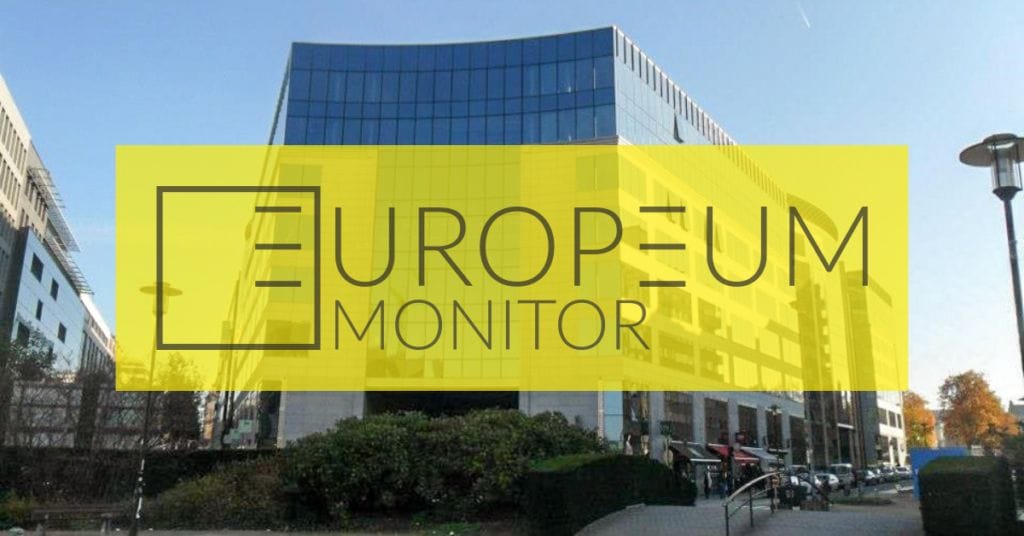Not a Leap but a Step in the Right Direction: Mogherini’s Structural and Personnel Reform of the EU’s Diplomatic Service
First issue of the Brussels Monitor by Tereza Novotná deals with the European External Action Service (EEAS) appointments.
22. March 2016

The Brussels Monitor is a new publication by EUROPEUM Institute for European Policy which intends to raise awareness about the innerworkings of the European Union and how they impact the influence of the Czech Republic within EU structures. The series, which will be published on a monthly basis, will feature unique and exclusive analysis, by Brussels or Prague-based authors, on issues that are at the heart of the Czech-EU relationship.
- Federica Mogherini, the EU’s foreign policy chief, has recently been praised for mediating the Iran nuclear deal. However, policy action (or inaction) should not be the only metric by which to judge Mogherini’s successes and failures. Any High Representative of the Union for Foreign Affairs and Security Policy/Vice-President of the European Commission (HRVP) is also responsible for the effective organization and management of the European External Action Service (EEAS) and its officials. The importance of this issue lies in the fact that it is the EEAS personnel who prepares HRVP’s foreign policy proposals and represents the EU in third countries.
- Given the structural and staff imbalances that resulted from the ways in which the EEAS was created and the recruitment policies of Mogherini’s predecessor, HRVP Catherine Ashton, following the EEAS’s own 2013 Review, the Council mandated the current HRVP to revamp the top-heavy EEAS by the end of 2015. In organizational terms, although Mogherini’s reforms appear to be visually quite comprehensive, on closer inspection they are much less extensive. On the other hand, Mogherini has introduced significant changes in personnel, many of which are moving the EEAS in the right direction. In effect, the necessary changes are being implemented but an institutional reticence remains a challenge for the HRVP to overcome.
You can download the publication through PDF on the right.







